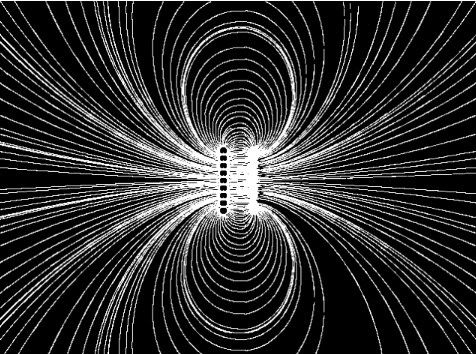Tuning
Hi Kajunkreations.
I do not know `exactly` how Don tuned his devices, but here is a hint:
Think of it as to be a radio receiver tuning to the transmiter
Hi Kajunkreations.
I do not know `exactly` how Don tuned his devices, but here is a hint:
Think of it as to be a radio receiver tuning to the transmiter










Comment